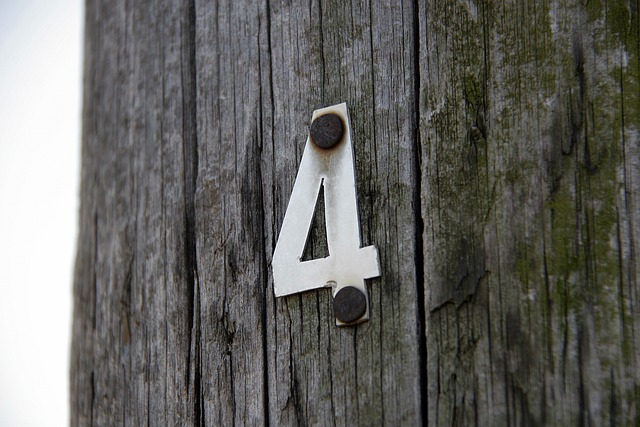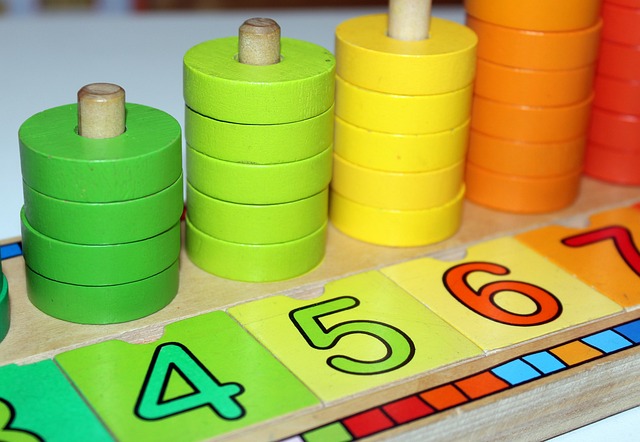☑Why are there two ways of readings of the number 4?
☑How do Japanese people use よん’yon’ and し’shi’ when reading the number 4?
☑The correct reading and use of the number 4 in Japanese.
☑Describing the differences between how to read the number4 Yon and Shi
This article explains how to read the number ‘4,(四)’ in Japanese.
It is one of the simple questions and mysteries of the Japanese language.
‘yon’ and ‘shi’, depending on how they are used, e.g. ‘four o’clock is よじ(yoji)’.
There are also times when it is read as ‘yo’.
It is a fact that even Japanese use them differently without knowing why.
It will also be a source of Japanese language trivia for the Japanese.
Why are there two ways of readings of the number 4 in Japanese?

The reason why there are two readings for the Japanese number 4 is that there are two different readings for the kanji: 音読み(on-yomi)and 訓読み(kun-yomi).
音読み(on-yomi) :Reading based on old Chinese pronunciation
訓読み(kun-yomi):Japanese reading of the meaning of kanji
To begin with, there are two different ways of reading kanji used in Japanese!
If you read the number 4 with 音読み(on-yomi)
音読み:シ(shi)
If you read the number 4 with 訓読み(kun-yomi)
訓読み:よ(yo)、よん(yon)、よつ(yotsu)、よっつ(yottsu)
When Japanese read the number 4 as し’shi’

When you count up numbers
When counting up numbers, the number 4 can be said to be し’shi’.
Counting “1, 2, 3, 4, 5・・・・・・・ten”
‘Ichi, ni, san, shi, go…..ju’.
It is not wrong if you say ‘yon’ in this case, though, When reading out よん’yon’, it is more natural to do so at the countdown (10 to 1).
When Japanese learn Multiplication
In Japan, Mathmatics multiplication can be memorised in a wordy, rhythmic way.
For example, Japanese do not remember 4 x 1 = 4 by saying that four times one is = four.
We say しいちがし’Shi ichi ga shi’ (4 x 1 = 4).
We do not say よんいちがよん’yon ichi ga yon’
For Japanese people, it is difficult to say the multiplication of four when it is read as ‘yon’.
For us Japanese who are used to hearing and saying it as “shi”, it causes confusion.
When Japanese read the number 4 as よん’yon’

よん’yon’ is used when counting things (counter suffix)
In Japanese, ‘cunter suffix’ are used when counting objects and animals.
For example, particles include
・〇枚(mai is for paper)
・〇個(ko is for thing)
・〇本(hon is for ong and narrow thing)
etc.
When these particles are followed by a number, it is almost always read as ‘yon’.
・四色(よんしょく)・・・four colours
・四枚の紙(よんまいのかみ)・・・four sheets of paper
・四杯の水(よんはいのみず)・・・four cups of tea
Japanese sometimes dare not read the number 4 as し’shi’.
Japanese do not dare to read the number 4 as ‘shi’, a number commonly used in everyday life.
This is because the sound ‘shi’ brings to mind the meaning ‘die’.
It means that it is pronounced the same as the kanji for die「死」.
For example,
・四人(よにん)・・・four people
・四時(よじ)・・・four o’clock
・四日(よっか)・・・4th(date)
・四円(よえん)・・・4 yen
Conclusion

The reason there are two different readings for the numbers ‘4’ in Japanese’ is that there are two different readings of the Chinese characters(kanji), one for the 音読み(onyomi) and the other for the 訓読み(kun-yomi).
When you count up numbers in Japanese, the number 4 can be said to be し’shi’.
On the other hand, ‘four’ is read as ‘yon’ when you want to avoid the association with ‘death’, i.e. four≠death.
In addition, when using particles for units in everyday life, they are almost always read as ‘yon’.
The ‘four’ that Japanese use casually in our daily lives has ‘yon’ and ‘shi’ used differently for various backgrounds and reasons.



